Liujiang Ancient Town
The ancient town is backed by Emei, Wawu Fairy Mountain, Houjia Mountain and Yuping Mountain, with Yangcun River and Huaxi River surrounding the town flowing north to the beautiful and richly endowed Huaxiba. Here, there are Diaojiao buildings of western Sichuan style, Chinese and Western combination of the Zeng’s house, the ancient water wharf, the hydrophilic riverside ancient plank road and the century-old dwellings in Huilao Street.
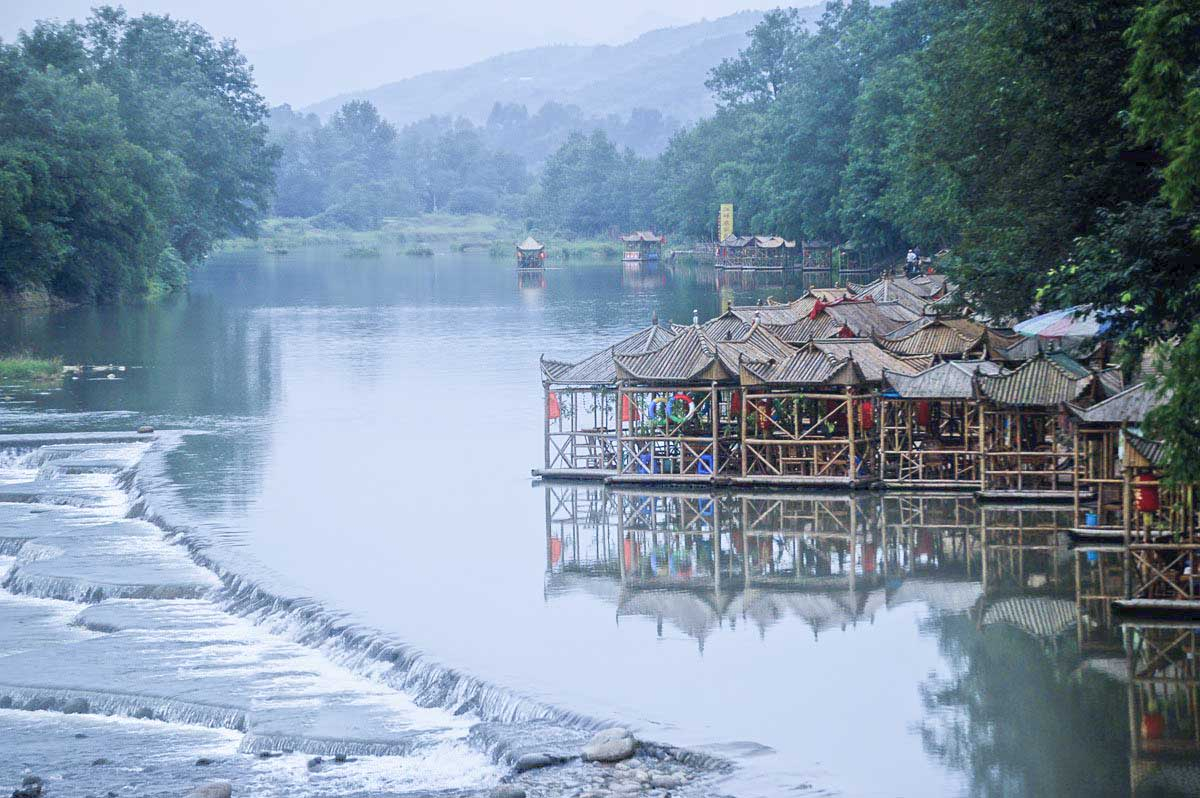
PingLe Ancient Town
Pingle Ancient Town is famous for its quaint neighborhoods, pure and simple western Sichuan folk customs. In the area of the ancient town, you can enjoy the ancient charm and tranquility that you have not seen for a long time. Eliminated the fickleness of modern civilization, to see the mountains and rivers full of aura, flowers and plants, open your mind, forget the worries, indulge in the landscape, let the time go back......
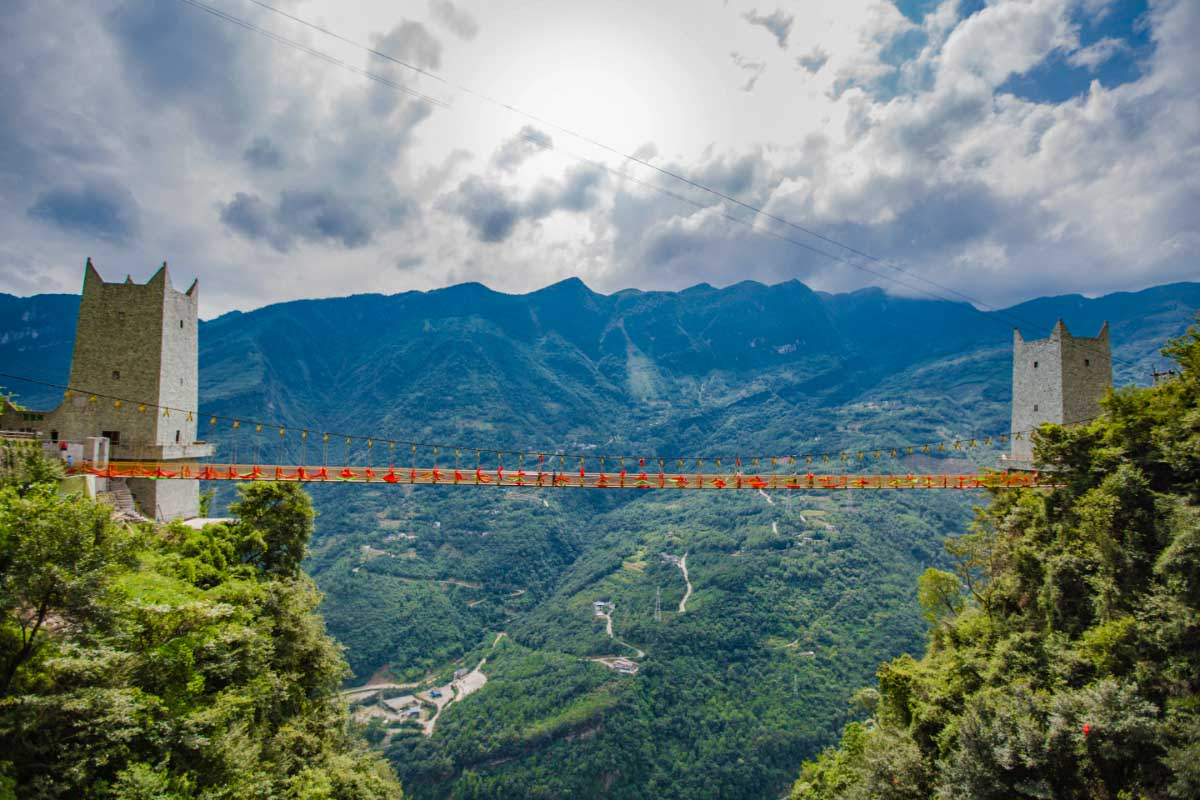
Xiqiang Jiuhuang Mountain
The scenic spot sets the great achievement of humanity and nature, taking the ancient Xiqiang culture as the main line, completely retains and truly represents the ancient cultural relics and living customs of the Xiqiang, which is known in history as Nanman, Beidi, Dongyi and Xiqiang, and is now the only surviving one.
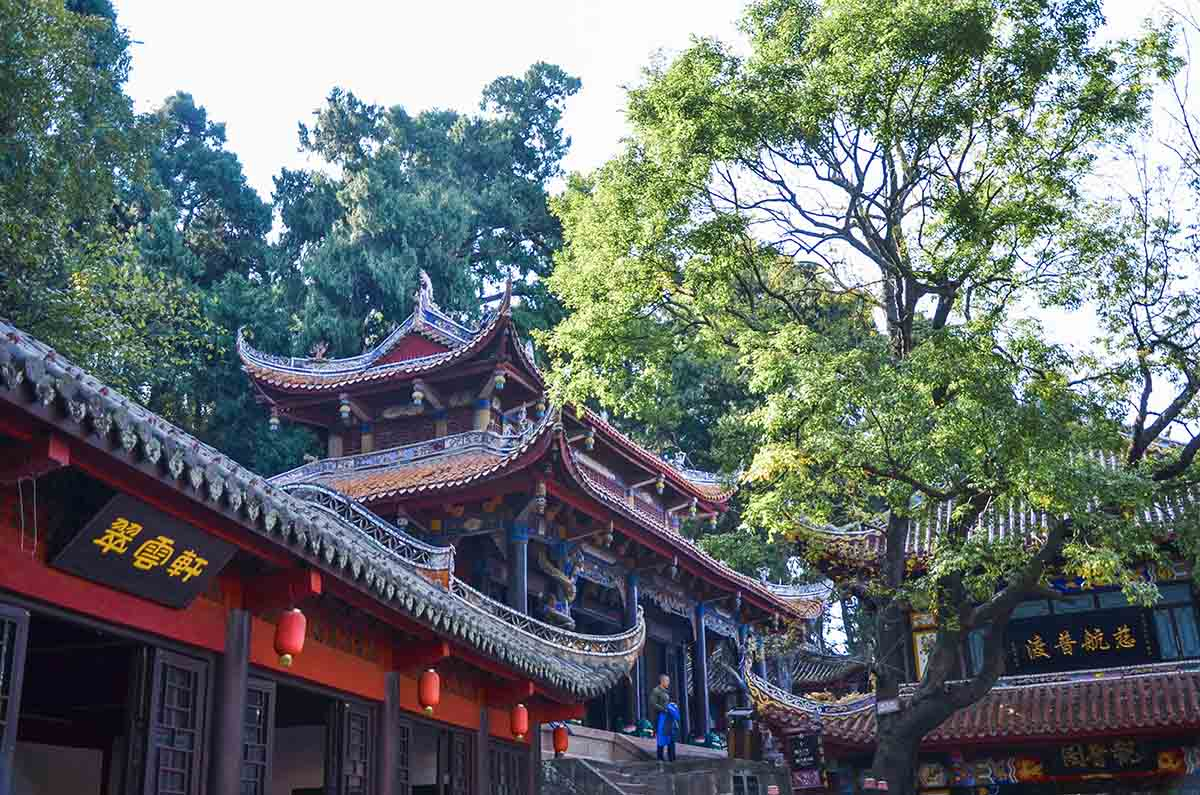
Qiqu Mountain Temple
The whole temple is exquisitely designed with both the magnificent palatial architecture in the north and the small and exquisite garden architecture in the south which fully shows the exquisite craftsmanship of the ancient Chinese builders.
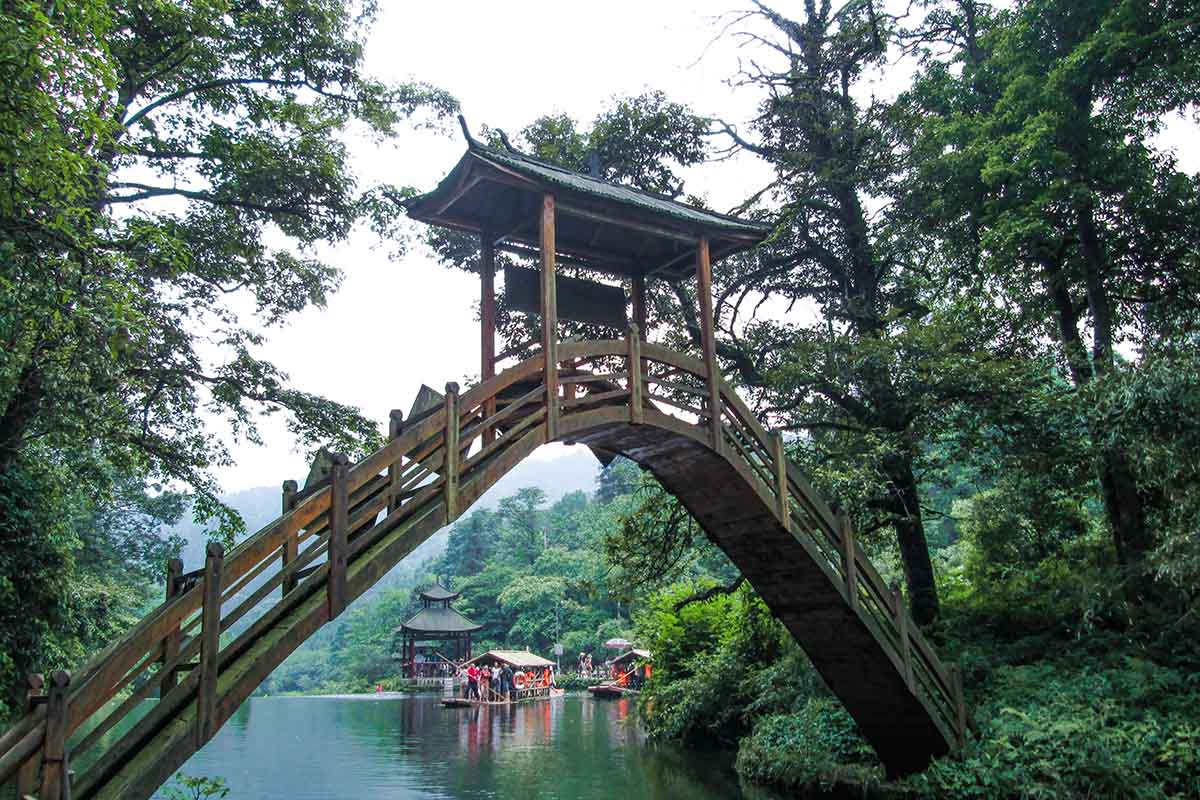
Tiantai Mountain
Water is the spirit of Tiantai Mountain. Jinlong River winds down from the top of Tiantai Mountain forms long beaches, streams, waterfalls and lakes... There are more than ten water-friendly activities in the scenic spots such as Xiangcao Gully, Xiaojiuzhai and Huashihai. You can get in close contact with the blue water spring of Tiantai Mountain in the unbearable summer heat and feel the cool and comfort brought by nature.
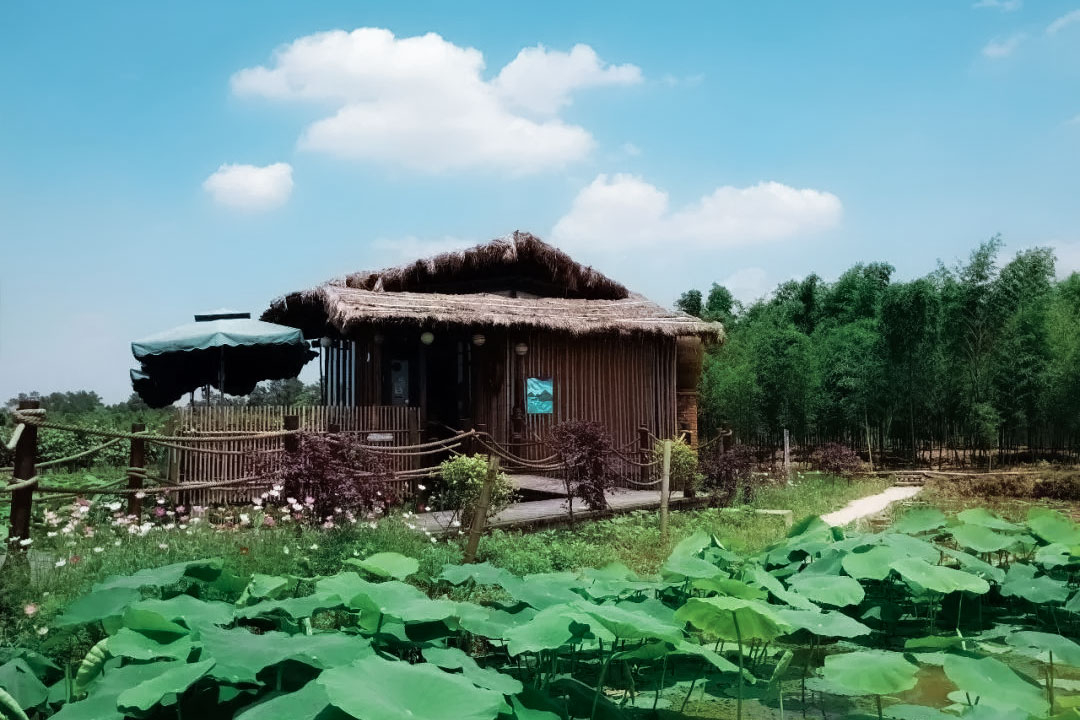
Mingyue Village
Visitors can enjoy bamboo shoots, stay in B&B and experience the artistic life in the rural areas. They can also experience the pleasure of handmade pottery in the courtyard of ceramic artists such as Mingyue Kiln, Shushan Kiln, Huoheng Chai Kiln and Zhangjia Ceramic Art. They can also ride bicycles among pine forest, bamboo sea and tea gardens, taste authentic rural ecological food such as spring bamboo shoot banquet, tofu pudding rice, farm chicken and so on.
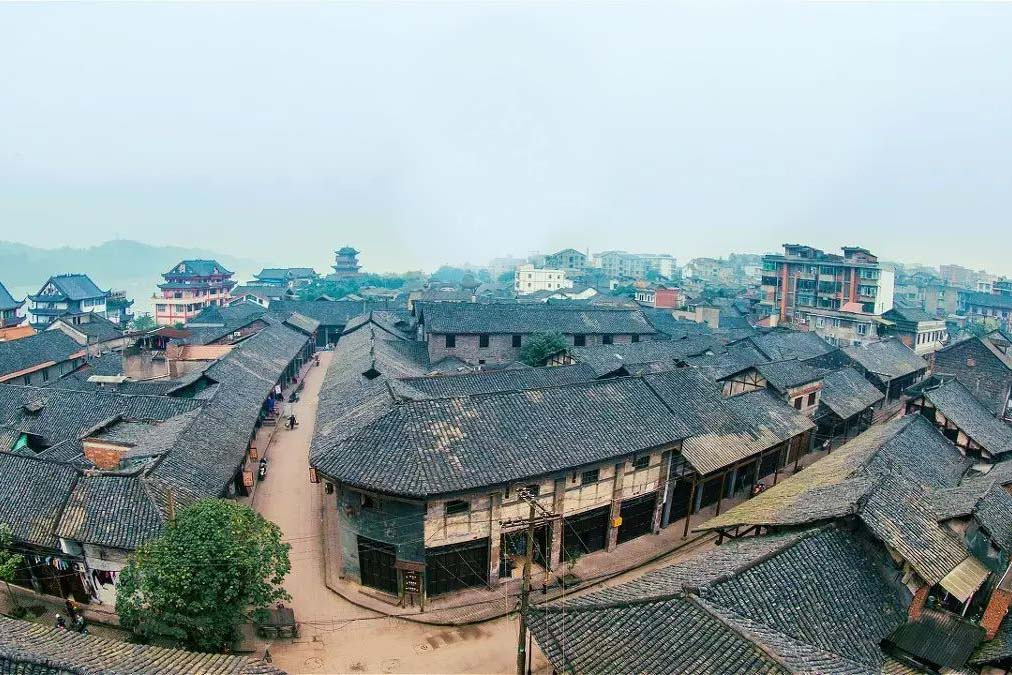
Lizhuang Ancient Town
Lizhuang Town is known as the First Ancient Town on the Yangtze River with a long history of over 1500 years. It has been successively awarded as a National Historical and Cultural Town, a Town with a Beautiful National Environment, one of the Top National Characteristic Towns, etc.
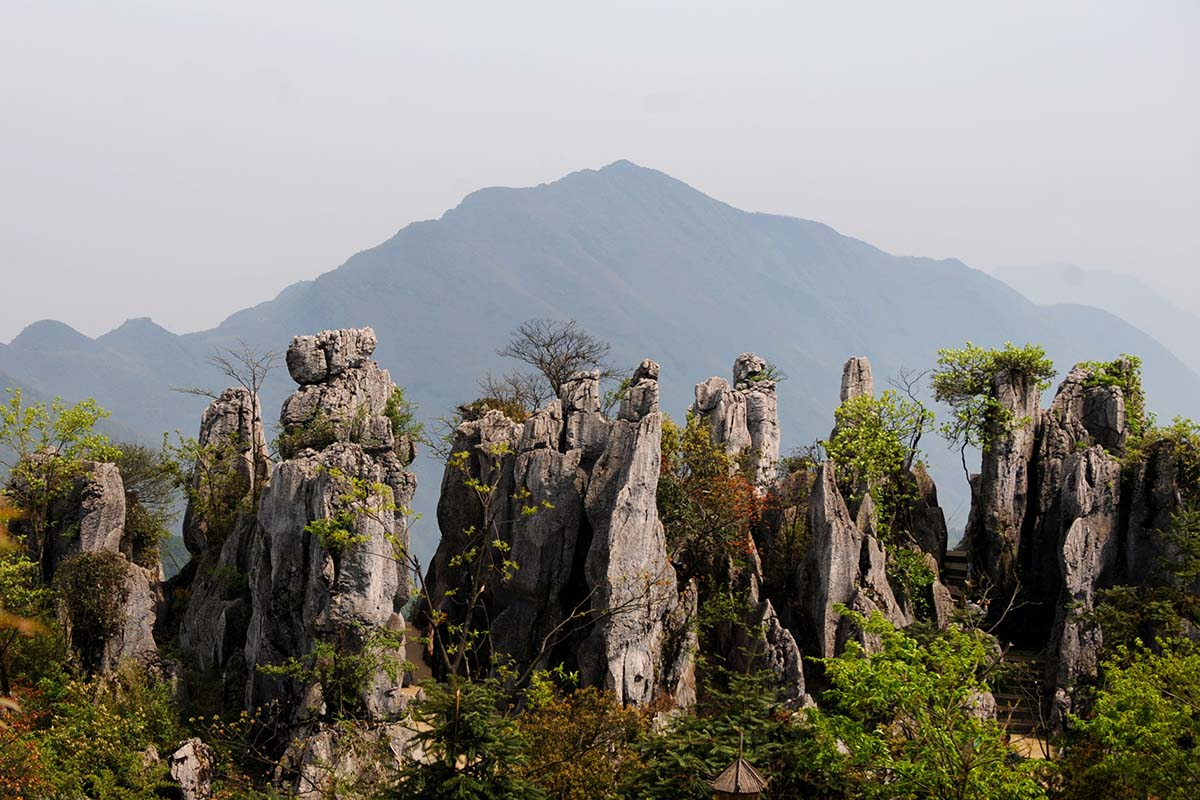
Huaying Mountain
The scenic spot is the highest mountain type stone forest in China, with the green and dense mountain forest as the environmental keynote and the rare karst early development stone forest wonders in the world as the typical landscape representative.
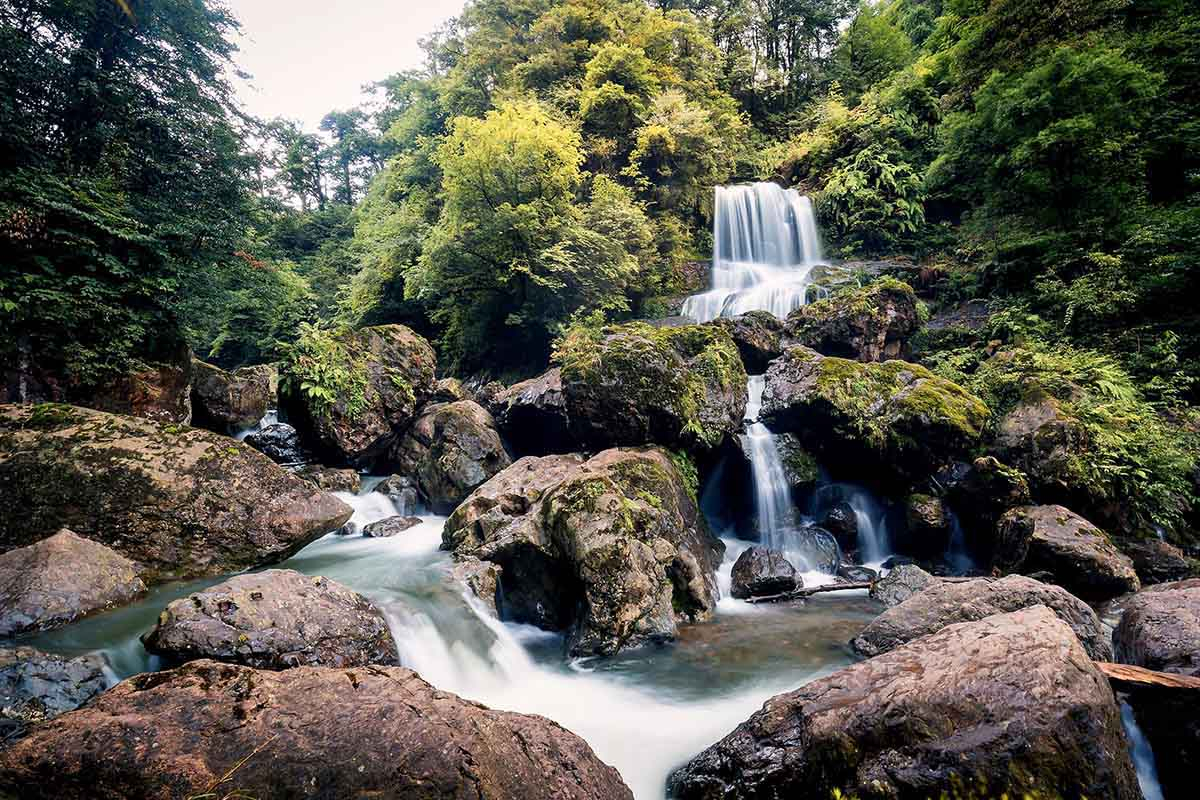
Longcang Valley National Forest Park
Longcang Valley is located in the transition zone from the western mountains of Sichuan Basin to the Qinghai-Tibet Plateau, and belongs to the middle mountain area of Emei, the southern end of the Longmen mountain fold belt, and the northern end of the eastern section of Daxiangling. Its terrain is high in the south and low in the north. Complex geological structure makes the park gullies crisscross, undulating mountains.
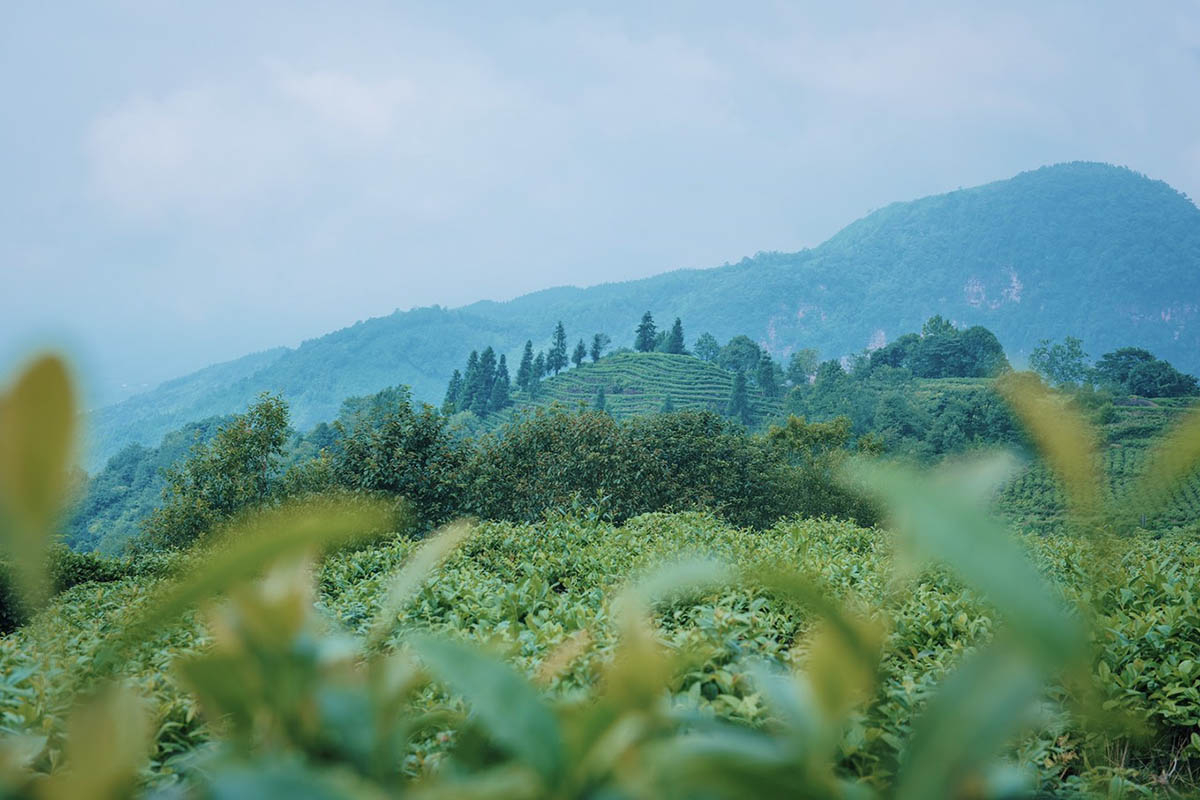
Mengding Mountain
Mt. Mengding is the birthplace of tea culture and the initial point of the Ancient Tea-Horse Trading Road between Sichuan and Tibet. It has been as famous as Mt. Emei and Mt. Qingcheng in Sichuan since ancient times.

Sansu Shrine
Sansu Shrine, the memorial temple of three persons whose family names were all Su. It covers an area of 65,000 square meters (16 acre) as the former residence and memorial temple of Su Xun (苏洵) and his sons, Su Shi (苏轼) and Su Zhe (苏辙). Sansu Shrine is an important place for studying the three great poets, their works, the architectural art and garden art of Ming (1368-1644) and Qing Dynasties.
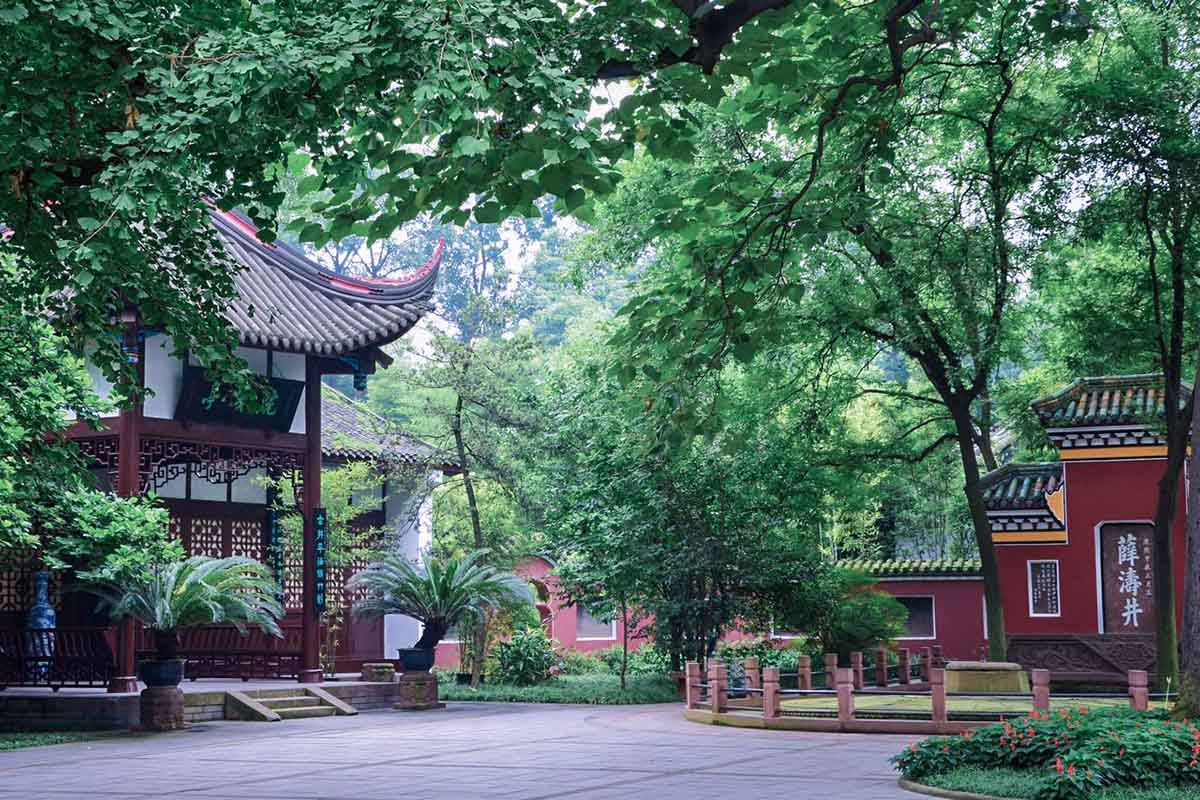
Wangjiang Tower park
Wangjianglou Park, also called Wangjiang Tower Park, is built to memorize Xue Tao, a celebrated poetess in Tang Dynasty. It is wide-known as a cultural site with poetic fragrance and natural garden with emerald plants in addition to a local park.
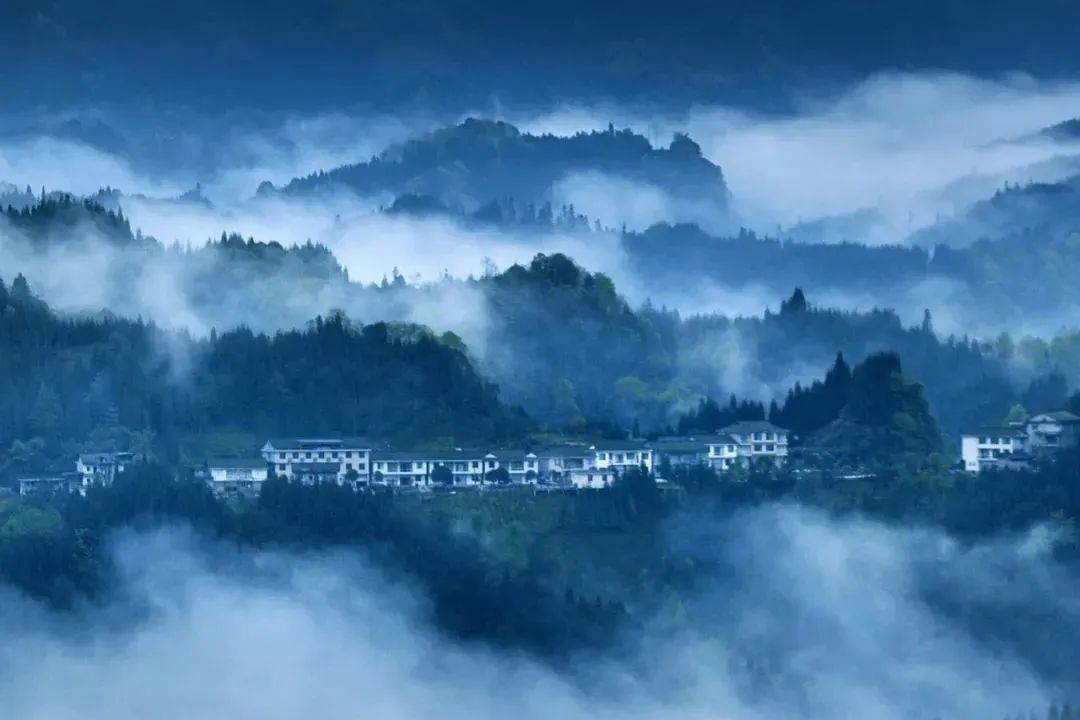
Wawu Mountain Scenic Spot
The park is based on primeval forest landscape with more than 3,600 kinds of plants and the total families of angiosperms makes up 60% of the world's total. Therefore, it is also known as the cradle and differentiation center of the world's angiosperms.
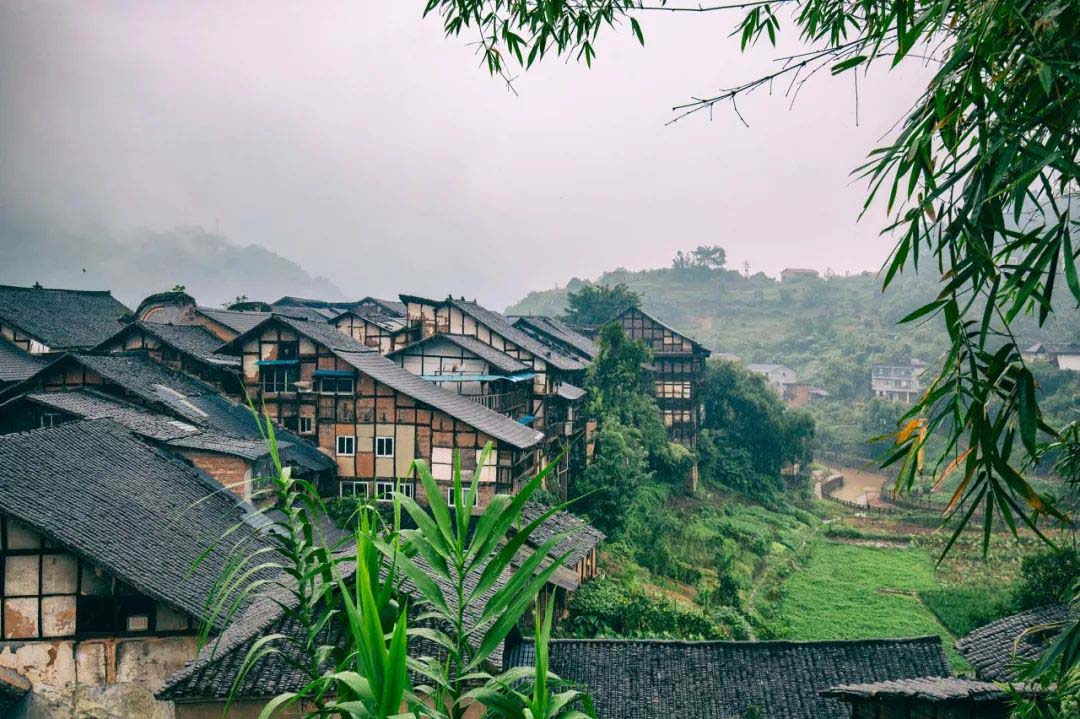
Shangli Ancient Town
Shangli Ancient Town is listed as the “Top 10 Ancient Towns in Sichuan”, for a reason that it is embraced by mountains and waters around, with scattered fields and hills, featured wood houses in Ming and Qing styles, old streets paved with flagstones, characteristic ancient bridges, and so on.

Jiezi Ancient Town
Jiezi Old Town, 57km from Chengdu, is the hometown of the Ladle Poet – Tang Qiu (唐求). This 1000-year-old ancient town is the typical reflection of old town in western Sichuan with Qing-dynasty dwellings, Millennium gingko tree, ancient stone pagodas and 32 temples. It is reputed as “the Back Garden of Mount Qingcheng”.
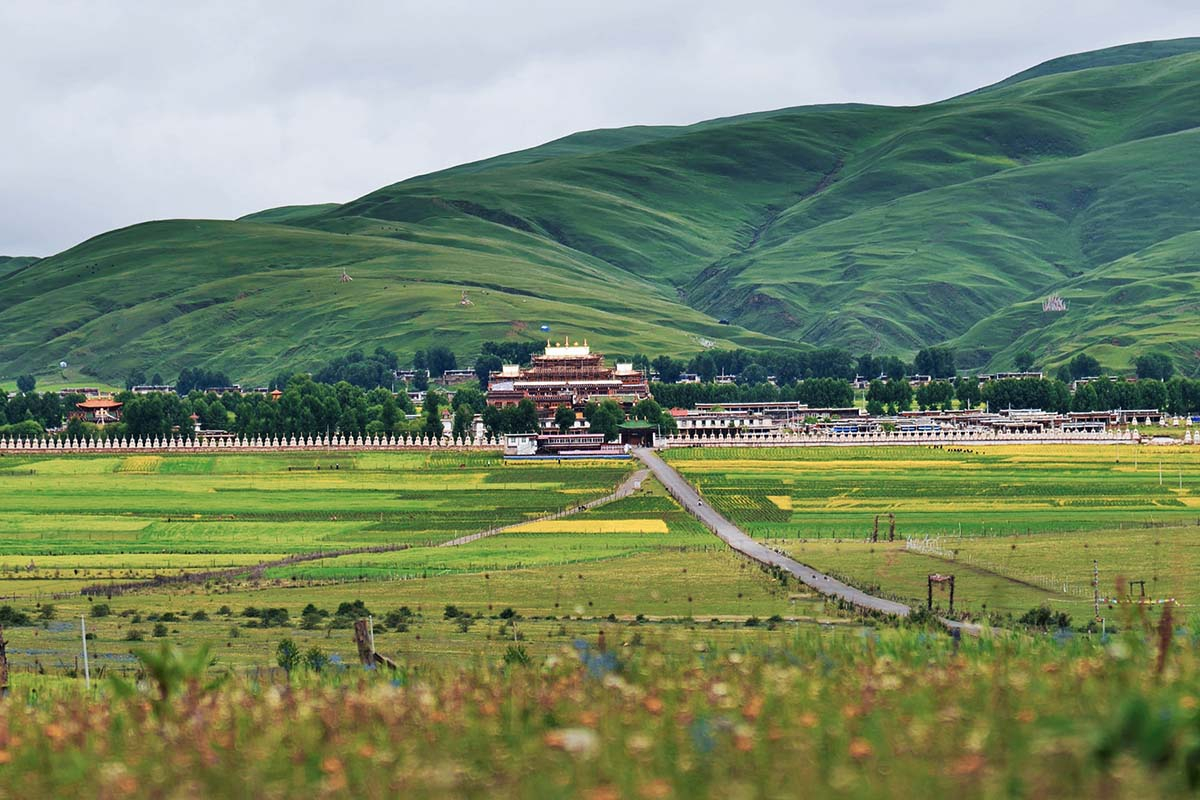
Huiyuan Monastery
This ancient temple is at the foot of Yala Snow Mountain, near Pamai Township, Daofu County, where the 11th Dalai Lama was born. It belongs to the Gelug sect which is also known as the “Yellow Hats” in Tibetan Buddhism. It is currently one of the temples of the highest rank in Tibetan areas. Every day, Tibetans can be seen walking clockwise around the prayer wheel, worshiping and praying devoutly. There are also lamas meditating, chanting sutras and Buddhas.
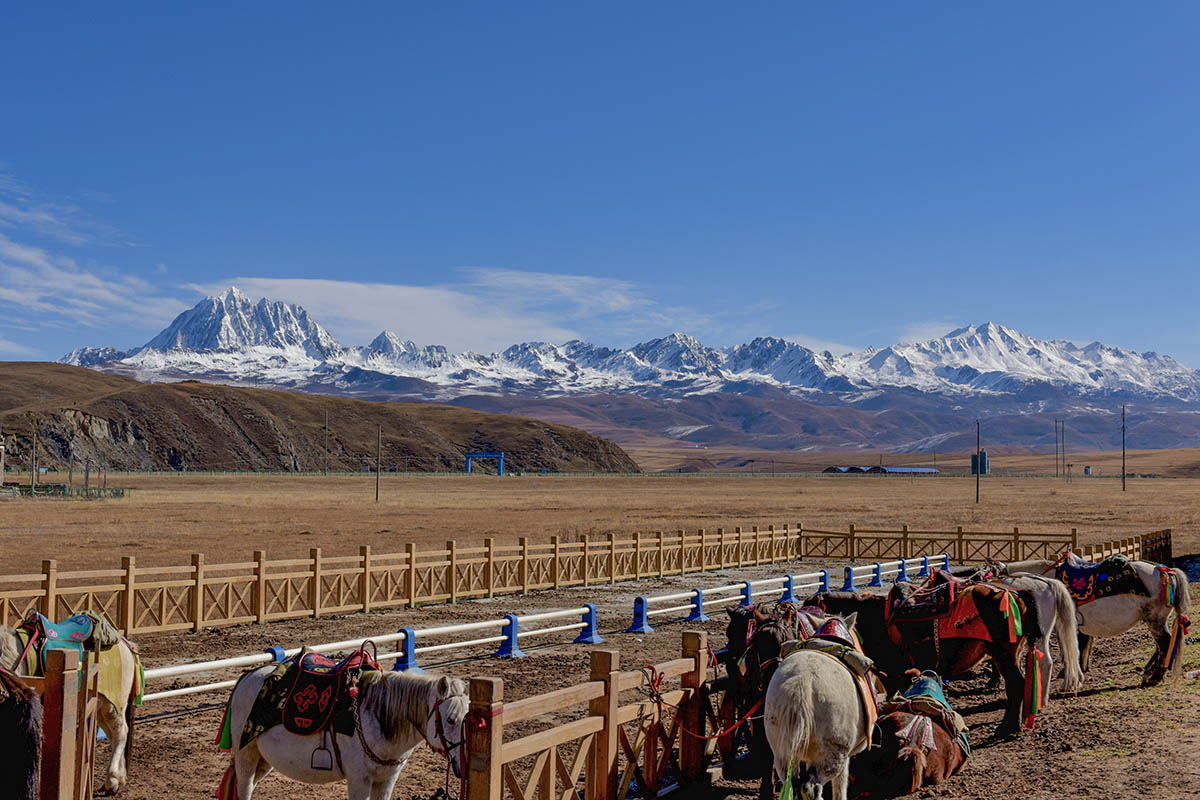
Tagong Pasture
The Tibetan village of Tagong and its surrounding grasslands offer plenty of excuses to linger. It is located in the northwest of Kangding County, it is the nearest pastoral grassland to Kangding which covers an area of 712 square kilometers as one of the largest grasslands embellished in western Sichuan Plateau.

Songpan Ancient Town
Founded in the Hongwu period (1368-1398) of the Ming Dynasty, it was not only a military fortress in northwest Sichuan since ancient times, but also an important post station of "tea-horse exchanging" for Tibetan, Qiang, Hui, and Han people with a long history.
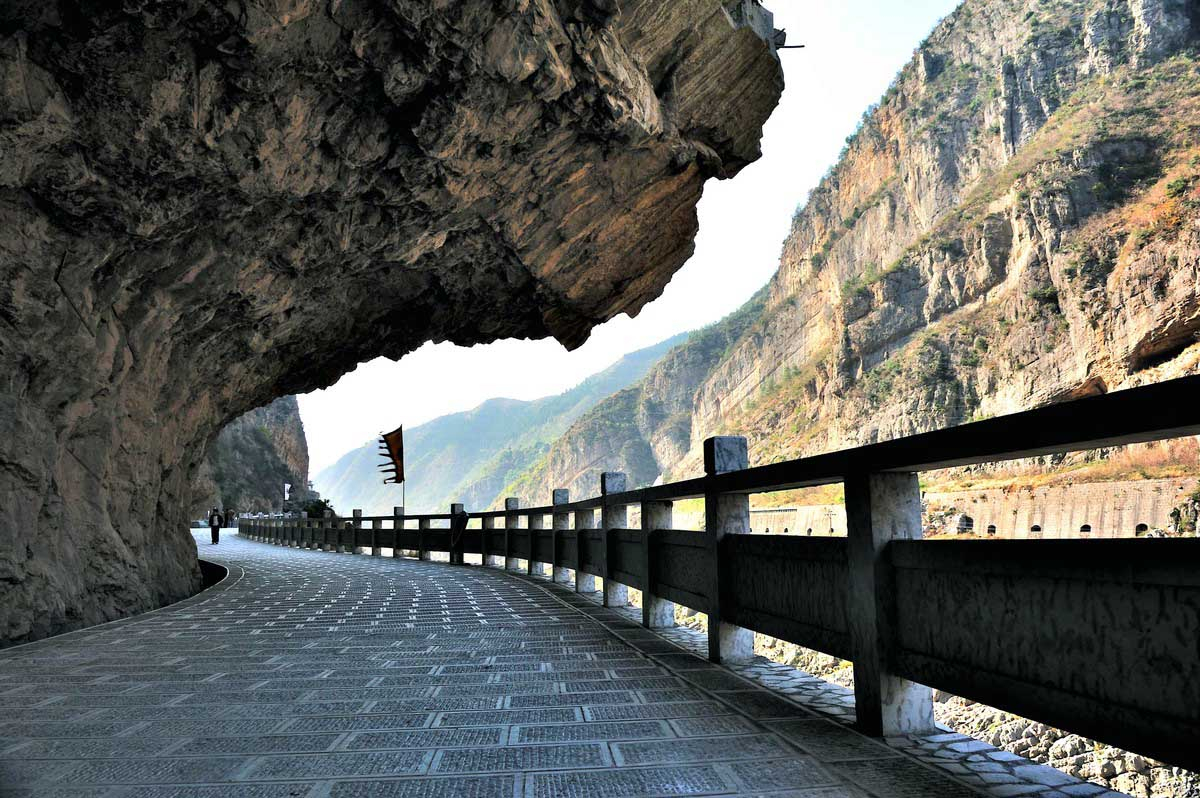
Mingyue Gorge
This ancient plank road was built from the Warring States period with a history of more than 2300 years, it is the earliest built and the best preserved one in China, with the most scientific structure and the largest number of holes.
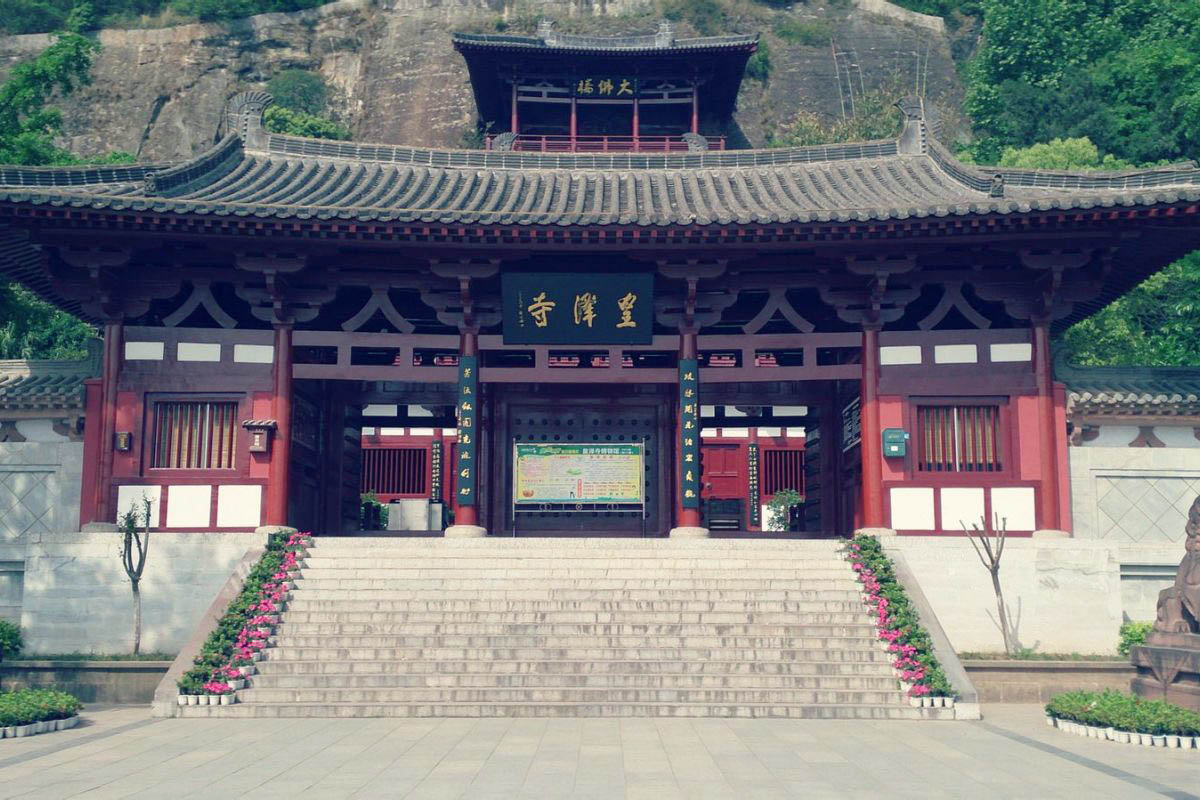
Huangze Monastery
Every year on the 23rd day of the first lunar month, a grand fair is held in Huangze Monastery. People of Guangyuan would go to the Wulongtan Pond area which is right in front of the monastery to row boats and swim to commemorate Empress Wu's birthday.